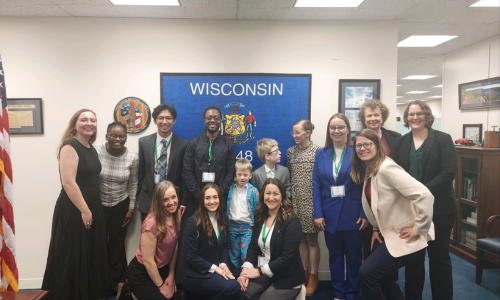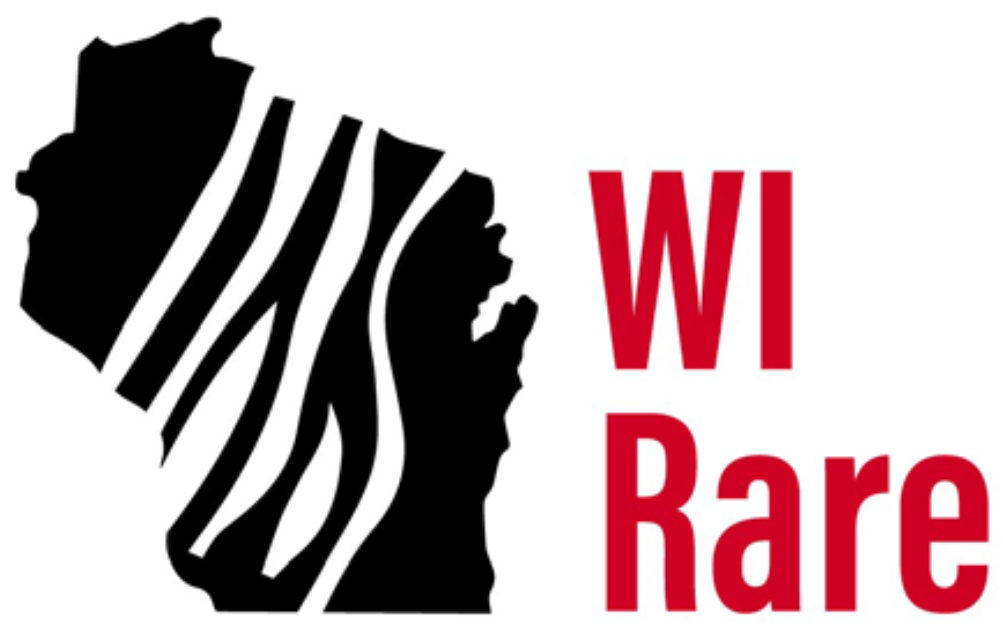Getting Started
Telling your rare story can feel daunting, but every story is important to share. Use this guide of storytelling tips and tricks to ease the stress of sharing your message! Remember you can share as much or as little as you want, this is your story.
As you begin your story, think about the message you want to convey and what you want your audience to learn. Decide how you want to tell your story – public speaking, writing it down in an article or blog, creating an awareness video, telling your story through art, etc. Once you have selected your storytelling medium, you will likely need to research more about the rare disease and gather your medical records. It can also be helpful to organize your research, medical records, and important events into a timeline. There is a range of stories you can tell, whether they are about the past, present, what you hope for, advocacy, diagnosis, day-to-day experiences, medical care experiences, or your supports. Choose what you want to share at this moment. Finally, ask someone you trust for feedback to understand how you can improve your story.

Common Storytelling Methods

Giving Your Elevator Pitch
An elevator pitch is a short and sweet speech that provides the gist and important points of your story in 2 minutes or less. You should include information that grabs your listeners attention. This tactic can be used to introduce yourself, your condition, and the goal of your speech, whether that is raising awareness, finding resources, or seeking support.
Example:
“Hello! My name is Tiena, and I am currently a student. During my first year of college, amid the COVID-19 pandemic, I experienced a flare-up of acute anterior uveitis, which is inflammation in a part of the eye called the uvea. The condition is the largest (4th leading) cause of blindness, it is chronic and long-term. I was, thankfully, diagnosed quickly and did not have a great deal of damage. However, that flareup four years ago still impacts how I see the world. Literally. I hope that by discussing my rare disease, I can bring greater awareness about how rare diseases are more common than you think and how they can have a significant impact on lives.”
Writing a Short Story
Stories are powerful ways to get your message across. Here is where you can use emotion and passion to connect with your reader. Make sure to include an introduction and explain character defining points in your journey. This can help the readers develop perspective and better understand what you are going through.
Tips:
- Use a hook to grab the attention of your audience (Ex: tell an emotional anecdote, share an interesting fact, or as the reader a question they can ponder)
- Share details about your experience – as intricate as you want!
- Make sure to have a clear beginning, middle, and end to your story – this will help get your main points across

Telling Your Story Verbally
Verbal storytelling is a common method for conferences, webinars, speaker events, and more. Here, you want to make sure you have a good hook to grab the listeners attention. Effective hooks can be personal stories, facts, or starting by questioning the audience. Make sure to be authentic when telling your story – it’s all about you! Give your listeners as many details about your experience as you are comfortable with.
Tips:
- Practice the main points you want to cover before the event
- Make sure to have an intriguing story or fact in mind
- Provide time at the end for listeners to ask questions
Writing/Speaking at Legislative Meeting
Stories are powerful ways to get your message across. Here is where you can use emotion and passion to connect with your reader. Make sure to include an introduction and explain character defining points in your journey. This can help the readers develop perspective and better understand what you are going through.
Tips:
- Use a hook to grab the attention of your audience (Ex: tell an emotional anecdote, share an interesting fact, or as the reader a question they can ponder)
- Share details about your experience – as intricate as you want!
- Make sure to have a clear beginning, middle, and end to your story – this will help get your main points across

Additional Resources
Everylife – Advocacy Mentorship Program
Everylife – Storytelling Through Art
Global Genes – How to Tell Your Story
Global Genes – How to Tell Your Story pdf
Health IT (ONC) – How to Access Your Health Records
NORD – Share Your Story Platform
Patients Rising – The Impact Story Formula pdf
The Mighty – Advice & Resources from LEEs (Lived Experience Experts)
Do you know of a resource that we should showcase on sharing your story? Let us know!





